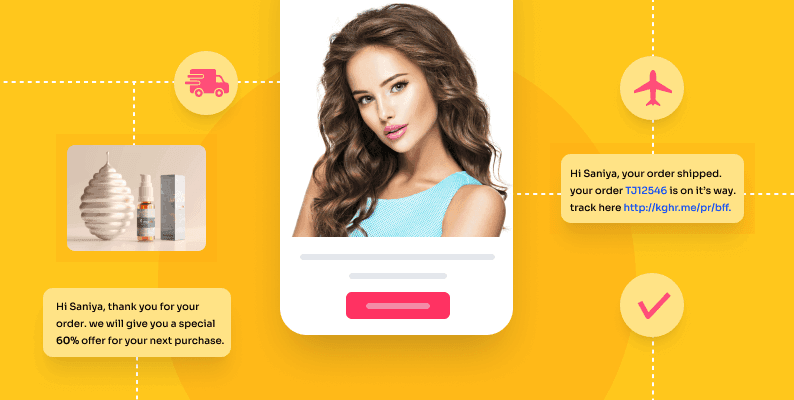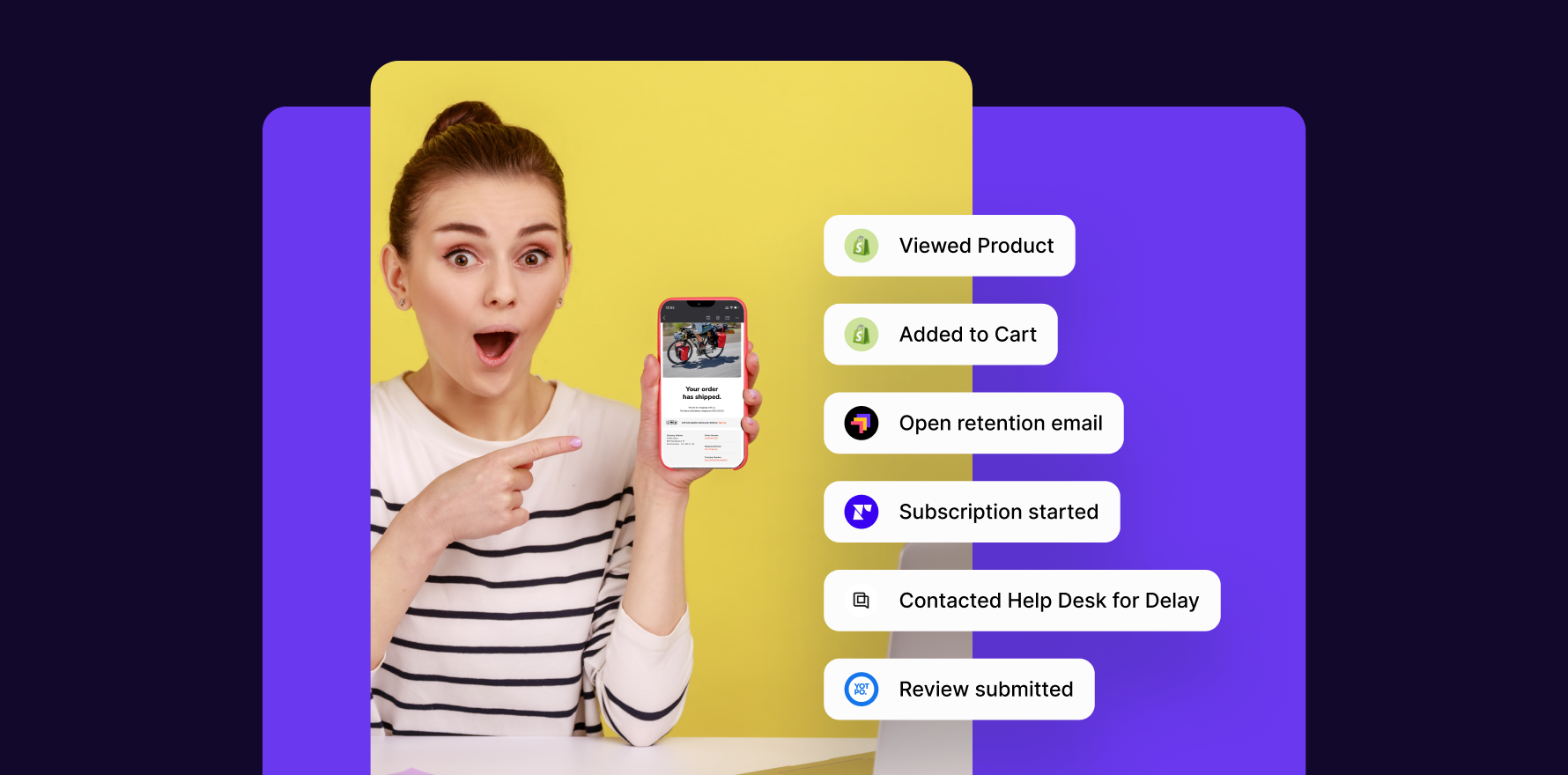It goes without saying that the efficiency with which you manage shipments plays a significant role in determining the success of your online store.
According to a report on ecommerce, 38% of customers who had a bad delivery experience said that they would never buy from that store again. It means they end up becoming one-time buyers!
To convert them into brand loyalists, marketers need to optimize the entire customer journey which includes enhancing the post-purchase experiences and making strategic shipping choices.
Dan, Co-founder of Merino, an ecommerce store built on Shopify said;
When we launched back in 2016 the first major challenge we had was the complexity that surrounded the shipping of our products. There are so many things to consider in order to have a strong shipping strategy from costing to pricing to product packaging to shipping carriers and insurance.
With so many factors to consider, designing a flawless shipping strategy for any DTC brand can be a challenging task. Moreover, if you don’t offer shipping that meets your customers’ expectations, you may start to see high cart abandonment rates, lower conversion rates, and fewer orders.
Not to worry, we’ve put together a list of the top 7 shipping best practices to help you optimize your strategy and delight your customers.
1) Automate order management
Order management is an umbrella term that includes receiving customer orders, tracking them, and sending them out for delivery. Whether handled by an in-house team or by a third-party logistics (3PL) company, they need to ensure that orders are picked, packed, labeled, and shipped correctly on time.
But when it comes to dealing with increasing volumes in a growing brand, automated fulfillment solutions are far superior options. Also, most of the third-party fulfillment solutions in the market are affordable and available as software as a service (SaaS).
Small and medium-sized businesses can opt for services from ShipStation, which has plans starting at just $9 per month. While bigger brands who are selling internationally and need to accept payments using local payment methods can opt for Shopify Plus.
There are plenty of other options such as Netsuite’s order management platform that helps you connect channels and manage orders coming from these sources. Most of these tools have plenty of features that can help you provide a true omnichannel customer experience.
2) Do great packaging
When it comes to elevating the unwrapping experience, designers can afford to let their imaginations run wild and think of ways to make the packaging look more memorable.
Brands that include their logos on the delivery packages are likely to see an increase in awareness and overall brand recall rate.
Also, brands can choose more eco-friendly packaging options to appeal to the growing number of customers who care about the environment. It should, however, be strong and long-lasting enough to keep the product safe during transport.
Seed, a DTC probiotic supplement store, uses packaging created from mushrooms that dissolve underwater.
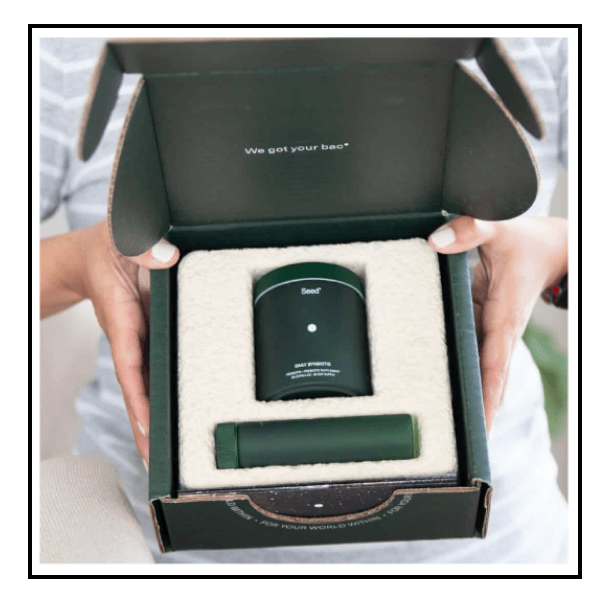
3) Adopt a multi-carrier strategy
As per an ecommerce report, 45% of customers abandon their shopping carts on a website due to unsatisfactory or unavailability of delivery options.
Clearly having a single carrier partner is not the best option if you are looking to provide your customers with a speedy last mile connection while being cost-effective.
Adopting a multi-carrier strategy will allow you to choose the most suitable carrier for each package based on its needs, such as domestic vs. international shipping, oversized shipments, and so on.
As per Statista, USPS is the most popular ecommerce shipping method. UPS and Click & collect followed with 48% and 42%. FedEx and DHL also belong to the top 5 shipping methods in the U.S.
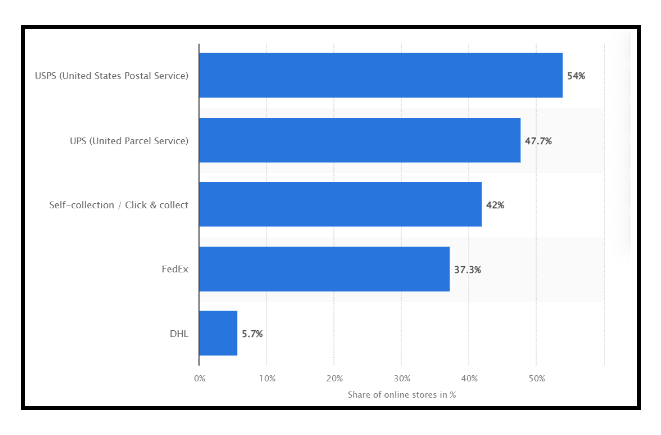
It is, however, difficult to manually select the best carrier based on price and delivery time for each order individually.
To streamline this process further, brands can consider using multi-carrier shipping software like ClickPost or ShipRocket that will help them browse and select from a wide range of shipping options for each individual order.
Take Allbirds for example, a DTC brand that sells footwear and apparel. They offer customers 3 shipping options: Fast, faster, and fastest.
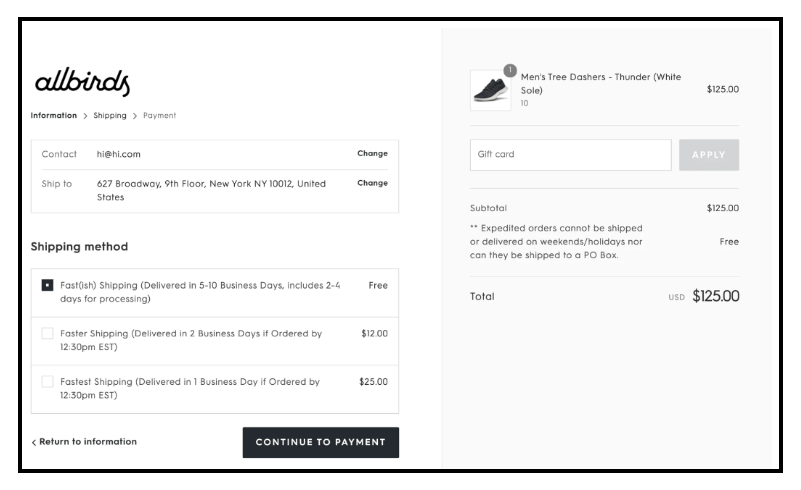
4) Offer free shipping
Whether you like it or not, Amazon has permanently altered customer expectations related to charges like shipping fees. They provide free shipping to all of their premium members as part of their membership program.
As a result, most ecommerce shoppers want free shipping at online stores while making a purchase.
But just because customers don’t have to pay for delivery doesn’t mean that the business doesn’t have to pay for it either. As a brand, you are still responsible for paying the carrier and making sure that your profit margins are high enough to cover all the costs.
To effectively adapt to this change in customer expectations, brands must plan ahead of time and decide when to use the free delivery option. For instance, if you’re a brand that sells fancy chocolates then you should provide free shipping options to your customers during the Christmas holidays rather than the 4th of July.
According to Statista, 77% of online holiday orders had free shipping from 2015 to 2017. The following year, 87% of ecommerce desktop sales between Thanksgiving and Christmas included free shipping.
As a long-term strategy, brands can even consider starting a loyalty program for their customers, where they will receive free shipping and other additional benefits for being part of that community.
For example ThirdLove, a lingerie brand has a tiered loyalty program that offers perks like early access to new products and free shipping to make each purchase worth more.
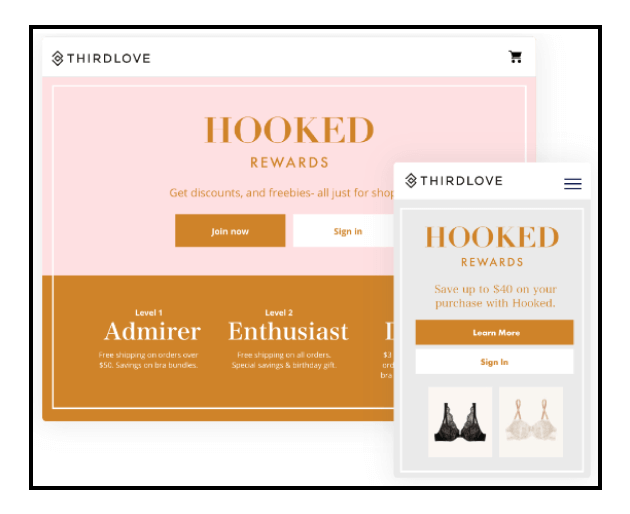
5) Automate shipping updates
On average, ecommerce customers check order tracking pages 4.6 times each order. This means they prefer real-time tracking of their orders from the moment it leaves the warehouse to the time it arrives at their doorstep. So sending emails or text messages to your customers at every step of the fulfillment process manually is not feasible.
Marketers need to find an affordable way to integrate automated shipping notifications into their post-purchase strategy. This can help brands increase their customer satisfaction rate too.
Another upside of automating this entire process, it will reduce the load on your customer service department because customers will not be contacting them frequently with queries like “Where Is My Order?”
6) Personalize post-purchase messages
Post-purchase experiences are critical in determining whether or not they will return to your store and make a repeat purchase, especially with first-time buyers. So every email and SMS conversation is an opportunity to engage with them in a meaningful way, to get them excited about their purchase, and to help them.
Brands can also make use of this opportunity to upsell and cross-sell other products. Another great way to engage with customers is through post-purchase surveys. Incorporating their valuable feedback can help in improving the customer experience.
7) Provide amazing customer service
All DTC brands may not have the bandwidth to provide round-the-clock support services. However, it’s important to be available on multiple channels. Ideally, you need to be active on all channels that your customers prefer while communicating, whether that’s via email, internet chat, or social media live support.
Do keep in mind that your customer service is the only team with direct customer access, so you must hire them diligently.
The ideal candidates for this position should possess strong problem-solving and communication skills as well as an ability to empathize with customers. Ensure that those who get recruited are well trained on the company’s policies and processes, offers, and discounts. They exactly need to know what to do if a customer is unhappy with the brand.
Keep in mind that your customers will be more loyal and satisfied if your support representatives are willing to go the extra mile while resolving their concerns.
Takeaways
Streamlining the entire shipping process for any brand will take time, so they must continue to follow these shipping best practices and continue optimizing their strategies.
Growing DTC brands should consider scaling their tech stack as well. By combining CDPs like Lifesight Connect (sign up for early access) and marketing automation tools, marketers can create post-purchase workflows such as order confirmation, transit status, upsell and cross-sell, and feedback and reviews to improve the overall customer experience.
You may also like
Essential resources for your success
